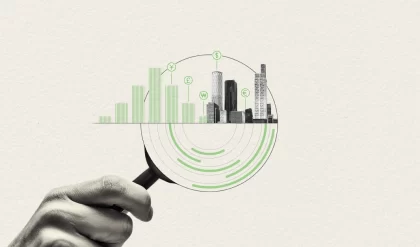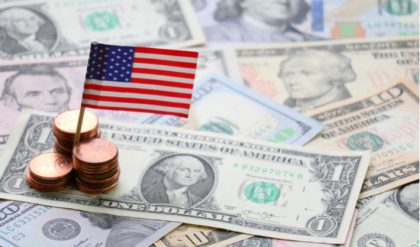Both these things are true: Most Americans received a tax cut in 2018. But many will see a smaller tax refund than they are used to when they file their 2018 returns.
Unpacking this seeming contradiction reveals a lot about the psychology and politics of taxes — and has big implications for anyone who wants to reform the way the government raises revenue.
We aren’t always rational in how we think about money.
The tax law that President Trump signed at the end of 2017 reduced the average American household’s 2018 average federal income tax obligation by about $1,600, according to an analysis by the Tax Policy Center.
To reflect those lower taxes, the I.R.S. published new tables to determine how much employers should withhold from each of their workers’ paychecks and send to the government. This meant most people saw larger paychecks immediately.
But that also meant that over the course of the year, workers prepaid less tax. In a perfect world, the lower withholding and lower tax bill would be about equal to each other, and people filing their taxes would be no better or worse off than before in terms of their refunds.
In reality, though, not everybody’s tax situation is the same. The details mean that some people received much more benefit from the changes than others.
The average tax refund filed through mid-February was down 17 percent, or more than $500, from the equivalent period last year, according to I.R.S. data. (Early filers aren’t necessarily typical, so the numbers will most likely change as more Americans file.)
Still, some people have seen even larger reductions in their refund, or found that they now owe the I.R.S. money. And plenty of those people are irate about this, as evidenced on Twitter and in news coverage.
But Economics 101 would suggest that this trade — getting the money early and receiving a smaller refund or owing money to the I.R.S. at tax time — is the better deal.
Which would you rather have: an extra $50 in each biweekly paycheck, or a $1,300 refund payment in a single lump sum in April of the following year? The simple idea of the time value of money — that a dollar today is more valuable than a dollar tomorrow — suggests you should want the higher weekly paycheck.
When you withhold more in taxes than you ultimately owe, you are giving the United States government an interest-free loan. You’re better off calibrating your withholding so that you have no refund, or owe a little when you complete your tax form (although you want to keep that obligation low enough to avoid I.R.S. penalties).
But as the discontent over smaller refunds shows, actual humans — as opposed to the rational automatons of economics textbooks — don’t view it that way.
“The question that befuddles traditional economists is why people want these refunds,” said Richard Thaler, a Nobel-winning economist at the University of Chicago’s Booth School of Business. “Why do they want to make interest-free loans to the government? If they just went out and met a noneconomist, they would find that people like” refunds.
Essentially, the Trump administration chose to set withholding tables that created a short-term political talking point (your paycheck went up!) but that are likely to make people less happy over the medium term (your refund shrank!).
The term “behavioral economics,” for the study of psychological dimensions of how people make economic decisions, had not yet come into use when the United States introduced tax withholding during World War II. But the creators of that system showed keen intuition about behavioral economics lessons that would become more formalized decades later.
At the time, the government needed to raise a lot of money fast for the war effort. If it had simply increased tax rates and expected everyone to write the government a large check at the start of the ensuing year, there would have been popular outrage.
But by compelling employers to deduct taxes from each paycheck as prepayment, the pain of filing taxes could be turned on its head. When most people end up receiving a refund from the government when they file their taxes, it becomes an occasion on which they receive a large lump sum, a form of forced, zero-interest savings.
In the language of behavioral economics, this reflects the “prospect theory value function,” in which receiving a large check from the government at tax time is very pleasurable, and writing a large check to the government very painful. But a modest reduction to each paycheck is hardly painful at all.
As governor of California in the late 1960s, Ronald Reagan understood this, and resisted introducing a system of withholding state income taxes. “Taxes should hurt,” he said, in opposing proposals that he believed would make the paying of taxes less noticeable — and therefore less painful.
His view was that anti-tax sentiment would be stronger if paying taxes meant actively writing a check to the government every year. (Eventually, in a 1971 budget crisis, he relented.)
So the anger of people faced with smaller refunds or new tax liabilities may prove damaging to President Trump and Republicans in Congress who face voters next year. But if Reagan’s intuition was correct, over time it may make those voters more hostile to taxes — a win in the long run for anti-tax conservatives.





